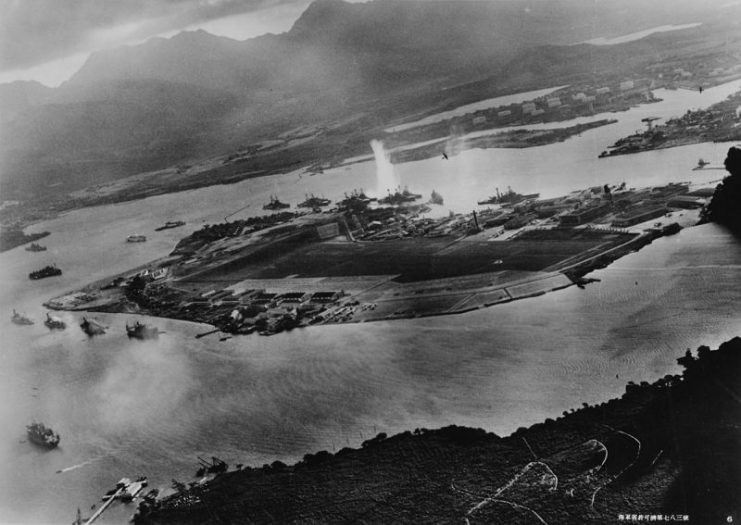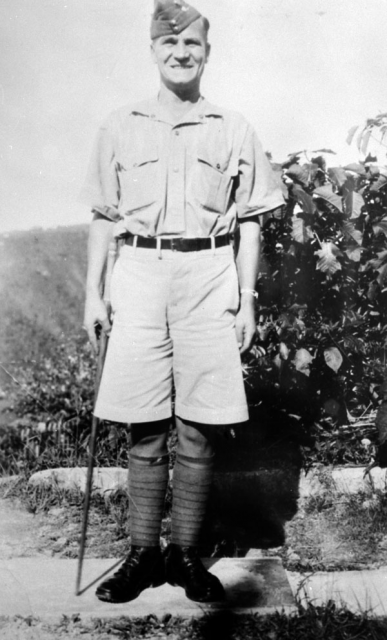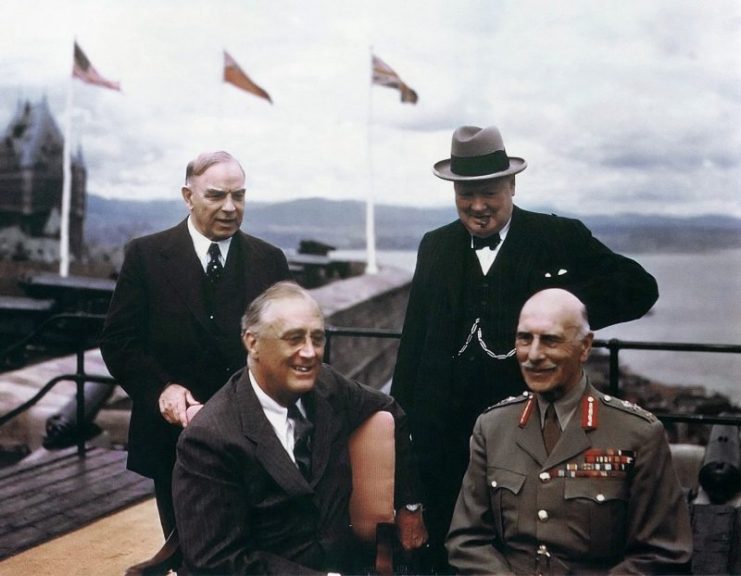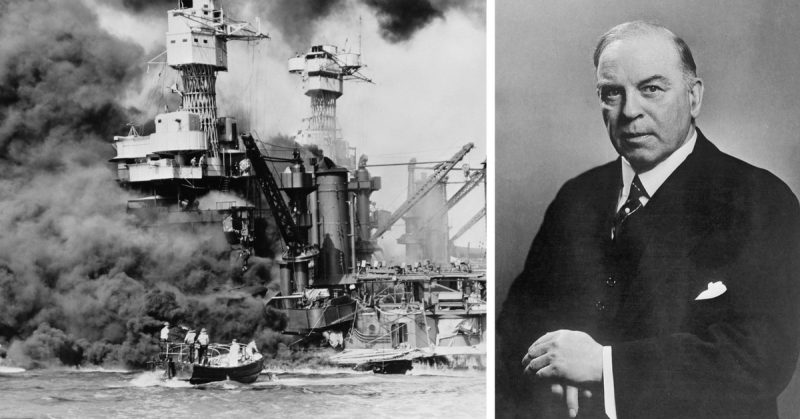The attack on Pearl Harbor marked the beginning of American involvement in the Second World War. The Japanese provocation, which occurred before any official declaration of war, followed a pattern developed in Europe by none other than Adolf Hitler, who conquered the so-called neutral countries of Benelux without declaring war.
The United States was, of course, caught off guard and the attack was a serious blow, militarily and to public morale. But even though it was perceived as a provocation intended to draw the U.S. into the war, the Japanese surprise raid on Hawaii had a much more important strategic role.
On the day of 7th December 1941, when the attack commenced, the Japanese High Command was already preparing to launch an offensive on territories in Asia held by the USA, the Netherlands, and the UK. Since Canada, as part of the Commonwealth army, declared war on Nazi Germany just one week after the British did, their troops were already integrated into British garrisons in Asia.
So, when Pearl Harbor was attacked, it was to prevent the U.S. Pacific Fleet from reinforcing Allied troops in Asia and conducting a counter-offensive.

Within seven hours of the attack on Pearl Harbor, Allied positions in the Philippines, Guam, Wake Island Malaya, Singapore, and Hong Kong were stormed by force and taken with relative ease. Nevertheless, some audacious last stands took place during the offensive as Allied soldiers stood their ground against the powerful and well-coordinated attack.
In Hong Kong, members of two infantry battalions – the Royal Rifles of Canada from Québec and the Winnipeg Grenadiers – formed part of the British garrison which was to hold out for the help that never came.
There were 1,975 Canadians among the defenders, who had arrived only weeks before the offensive commenced. The lack of experience was quickly remedied in the heat of battle, but 290 members of the Royal Canadian Army gave their lives in defense of the city.
One hero, Company Sergeant-Major John Osborn, was awarded the Victoria Cross posthumously, after he jumped on a grenade, using his body to protect several others from the blast. The siege was cruel and bloody, but the defeat was inevitable and imminent.

The defenders of Hong Kong that survived faced the hell of Japanese concentration camps as POWs, where 264 of them lost their lives during the four years that followed.
Aa well as Canada’s commitment of troops on the ground, the Royal Canadian Air Force also played a vital role during the first days of the war with Japan.
Fighting as part of the RAF, hundreds of Canadian pilots defended the skies above Malaya, Singapore, Java (now Indonesia), Burma (now Myanmar) and India.
Perhaps the most notable achievement of the early days of the war in the Pacific attributed to Canadian pilots happened in April 1942, when an early warning by the 413 General Surveillance Squadron literally prevented the invasion of the island of Ceylon (today’s Sri Lanka), just off the southeast coast of India. Squadron Leader Leonard Birchall was on patrol in his Consolidated Catalina flying boat on the 4th of April, when he detected the Japanese fleet moving in full force towards the island.

Even though the Japanese shot him down as soon as he was spotted, Birchall managed to transfer a message, warning the Ceylon garrison that a naval assault was inbound. The flying boat crash-landed in the ocean, where the Japanese were waiting for them. Three crewmembers were shot on sight, while Birchall and the others were taken, prisoner.
Leonard Birchall remained imprisoned until the end of the war not really knowing of his key contribution to the defense of Ceylon. Once his message was received, preparations commenced ― and just in time ― for the defenders managed to repel the invasion. A few weeks after, the Japanese faced a strategic defeat in the Battle of the Coral Sea, after which India remained out of reach for the rest of the war.
The men who were part of the patrol on the 4th of April were dubbed the “Saviours of Ceylon” and their contribution was officially recognized after the war. Birchall was not only awarded for his distinguished flying but also for showing leadership in times of need while being a prisoner of war in extremely harsh conditions.
Want to become a trivia master? Sign up for our War History Fact of the Day newsletter!
Canadian involvement during the early days of the Pacific campaign is often overlooked, but the fact is the bravery and valor of the Canadian expedition which fought as part of the British army were indeed worthy of respect. They continued to contribute to the war effort and ultimately proceeded to liberate Europe as part of the Allied invasion of Normandy in 1944.
